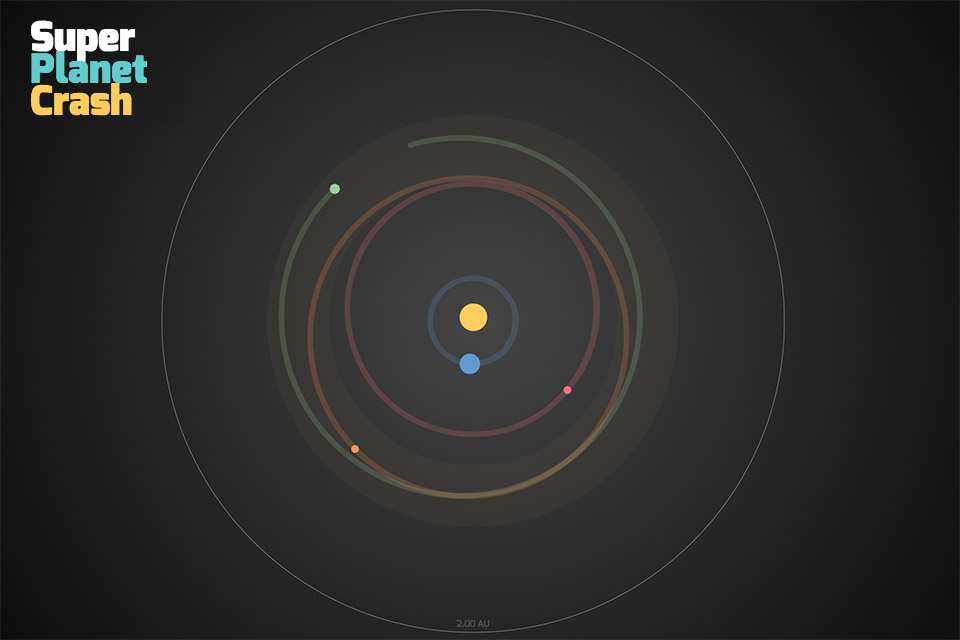I’m starting with a fact today; two actually.
FACT
According to astronomer Dr Peter Edwards, if our solar system was a grain of sand, then The Milky Way (our Galaxy) would be 1,000 times the size of Durham Cathedral.
FACT
According to NASA there are hundreds of billions of galaxies in our universe.
Need a more visual representation of that? Well luckily for you, the American Museum of Natural History have spent quite a long time developing a digital universe.
Somewhat mind boggling, isn’t it. Dr Edwards doesn’t think the human mind is really built to understand the enormity of the universe. I think I probably agree with him.
In 2012 the Hubble Space Telescope zoomed in on a seemingly empty area of space. This area of space could be covered up with just a single grain of sand if you were looking at it from Earth. Astronomers didn’t think they would discover much, but if you have a super duper space telescope, why not see what it can find?
This is what that seemingly empty bit of space actually looked like when Hubble zoomed in.
 Every single speck of light you can see is a galaxy. Yes the 100 or so huge ones in the foreground, but also the millions in the background.
Every single speck of light you can see is a galaxy. Yes the 100 or so huge ones in the foreground, but also the millions in the background.
Each of those galaxies contains billions of stars. Yes many of them look insignificantly small, but they are very very far away. So the well used fact that there are more stars in the universe than there are grains of sand on Earth is actually true. In fact there are many billions more stars in space than there are grains of sand on the Earth. Each star is in solar systems filled with matter – from specs of dust to moons and planets.
The title of this article suggests that I will try to quantify the size of space. This isn’t really possible, so all we can currently do is describe its size relative to other things. If I had to use one word to describe space, I think it would have to be enormous.
A key question surrounding space is: is it infinite?
That is an existential question which I doubt we will ever know the answer to, but never the less it is still an interesting question, which is worth considering.
The theory that the universe is a sphere – like the Earth – is a popular one, and I can understand the logic in this, if you keep going, eventually the universe will loop you back around to where you started. But then my problem with this theory is we can go beyond the Earth. We can travel around the Earth, but space travel proves that we can move in 3 dimensions, straight and sideways on Earth and then upwards into space. If you got to the very edge of the universe, what would happen if you went upwards? If there isn’t an upwards, what is there?
New Scientist states that from all current data, it seems that the known universe has a diameter of about 93 billion light years. That’s pretty big, but by no means infinite. So if this estimate is correct – which is ridiculously unlikely – what comes after that? A big wall with a no entry sign? Just empty space? Another universe? Who knows…
That’s Your Lot
See you next week for the next in the series.

